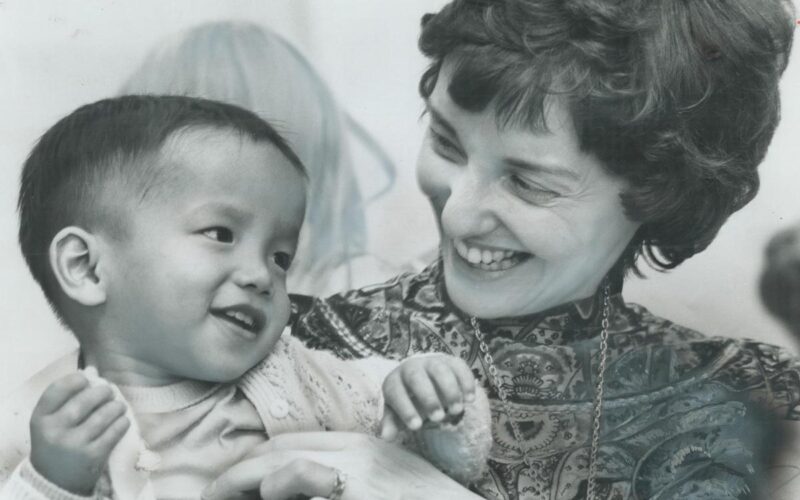As of May 14, Surrey Place is launching a new secure payment system for Autism Services
called Stripe, to make our registration process as simple and streamlined as possible.
Families will have the option to pay via credit card, e-transfer or cheque. For those who select
credit card or e-transfer, you will receive an email from client.accounts@surreyplace.ca with a
link to complete your payment.
A Quick Guide for Families
Step 1: A minimum deposit of 50% is due at the time of registration.
Step 2: The remaining 50% is due two (2) weeks prior to the start of service. You will receive a
second link for this payment via email before the due date.
Please note: Once your payment has been received, you will be issued a receipt. When your
service begins, you will receive a separate OAP invoice, which can be used to reconcile your
Access OAP funding.
For more information about our payment policy, visit Paid Services Payment and Attendance Policy


